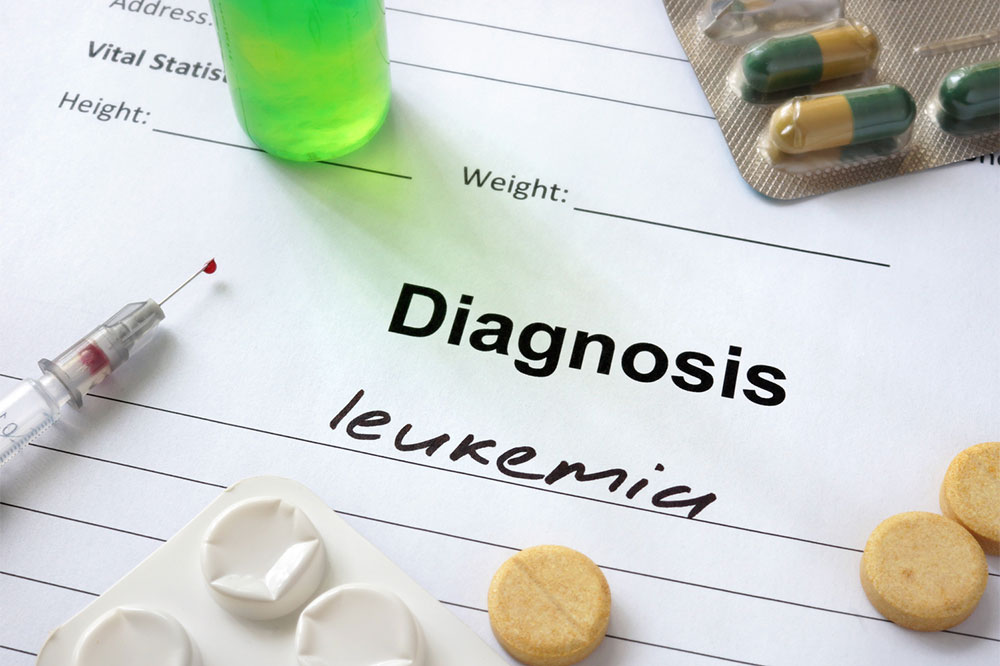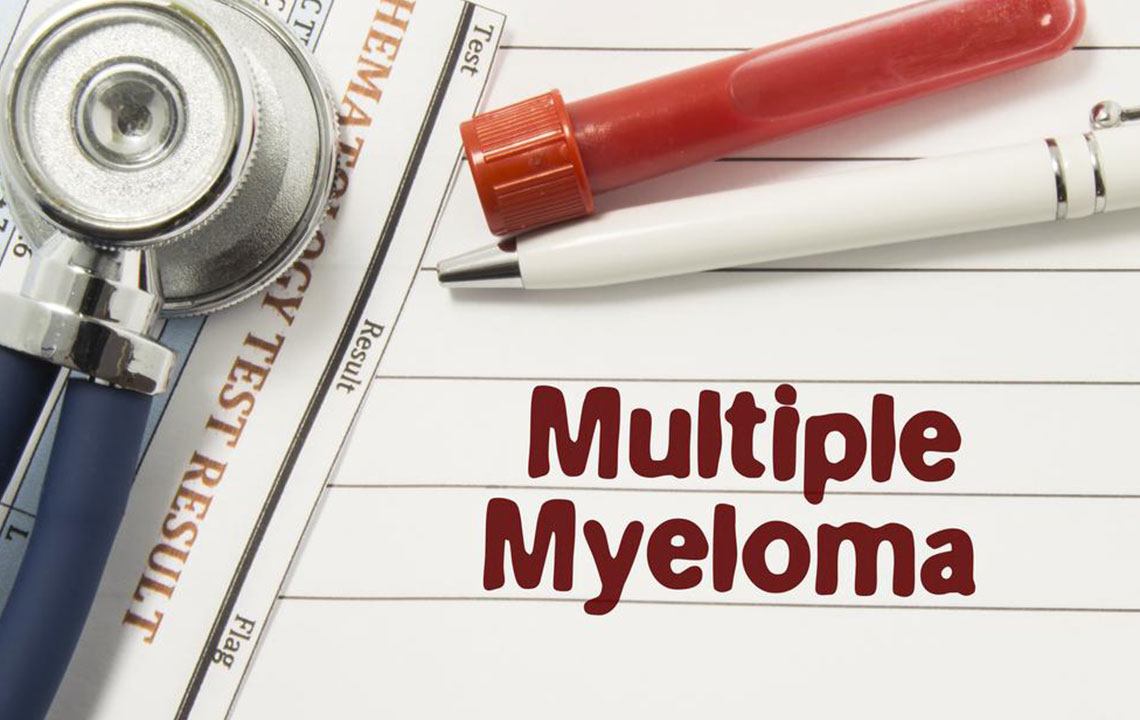Comprehensive Guide to the 10 Main Types of Leukemia
This article provides an in-depth look at the top 10 leukemia types, highlighting their causes, symptoms, and affected populations. It aims to educate readers on recognizing different leukemia variants for better understanding and timely diagnosis. Covering both common and rare forms, the guide emphasizes the importance of medical consultation for diagnosis and treatment options, making it a valuable resource for patients, caregivers, and healthcare professionals alike.

Comprehensive Overview of the Top 10 Leukemia Variants
Leukemia is a cancer affecting the blood and bone marrow, originating from abnormal blood cell growth. It occurs when cells in the bone marrow undergo malignant changes, outgrowing normal cells and disrupting bodily functions. The progression depends on how quickly leukemic cells replace healthy blood components, leading to severe health issues. Below are the primary types classified by cell origin:
Acute lymphoblastic leukemia (ALL) is a rapidly progressing cancer starting in the bone marrow, caused by genetic or acquired DNA mutations during stem cell development. It can spread to the central nervous system, lymph nodes, and testes.
Acute myeloid leukemia (AML) develops in the bone marrow through acquired mutations affecting red blood cells, white blood cells, and platelets. This results in a significant reduction of all three blood cell types, known as pancytopenia.
Chronic lymphocytic leukemia (CLL) is a slower-growing disease primarily affecting older adults, often diagnosed around age 70. There might be long asymptomatic periods, and an historical connection exists between CLL and herbicides like Agent Orange.
Hairy cell leukemia (HCL) is a rare leukemia named for the hair-like projections on its cells. It mainly affects B lymphocytes, with treatments allowing patients to maintain a good quality of life. The malignant cells tend to accumulate in the bone marrow, liver, and spleen.
Chronic myelomonocytic leukemia (CMML) is an uncommon form that impacts stem cells, especially affecting monocytes and reducing immune defense. It causes leukopenia, bleeding, and unexplained bruising due to low platelet counts.
Juvenile myelomonocytic leukemia (JMML) affects children under five, leading to uncontrolled monocyte growth and reduced white blood cell function. Symptoms include anemia, neutropenia, and low platelet levels.
Large granular lymphocytic leukemia (LGL) is a chronic leukemia impacting lymphocytes involved in immune response. It often affects individuals around age 60 and causes enlargement of the spleen and liver, with T-cell and NK-cell types.
Blastic plasmacytoid dendritic cell neoplasm was previously called NK cell lymphoma/leukemia and is now classified under AML. It impacts white cells, spleen, and platelets, sometimes affecting lymph nodes without clear symptoms.
B-cell prolymphocytic leukemia (B-PLL) is an aggressive, rare leukemia involving rapid growth of B lymphocytes. Usually diagnosed around age 70, it features enlarged spleen, high lymphocyte counts, anemia, and low platelets. It may stem from CLL progression.
T-cell prolymphocytic leukemia (T-PLL) is a rare, aggressive disease where T-lymphocytes grow uncontrollably, mainly affecting men aged around 60. Chromosomal abnormalities are common causes, with potential enlargement of organs like the liver and spleen if untreated.










